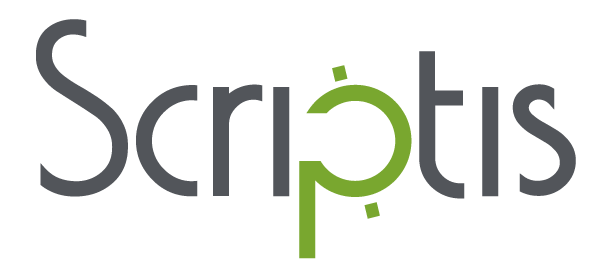What is technical translation?
What is technical translation?
Broadly speaking, technical translation is the translation of materials dealing with scientific and technical subject domains. Or, to put it another way, technical translation requires the use of a technical translator. A qualified technical translator understands the subject matter and specialized terms of that field in both the source and in the target languages.
A variety of types of material require technical translation. At one extreme, articles from scientific, medical, engineering, and technical journals require linguists with graduate training in the relevant field as well as professional translation skills. At the other end, product spec sheets for electronic equipment may not need a degree in computer science, but they do require a working knowledge of the terminology used in the field.
Technical translation costs more than general business translation and may take longer. The extra cost and time will vary according to the level of scientific or technical knowledge needed for the project, the availability of specialized translators in the required language pair, and the demand for those translators. For example, English-Japanese translations cost more because of the demand for technical translations in this language pair exceeds the relatively small number of qualified translators.
Other areas of technical translation are worth mentioning:
Patent translation
Patent translators boast subject matter expertise as well as mastery of the art of writing patents, which is governed by legal and practical requirements. A freelance patent translator explained, “[T]he aim is often to craft the wording of a very broad claim covering all bases for all possible future applications for a new method, technique, gadget or gizmo, while disclosing as little real, new information as possible, because such information disclosure would naturally tend to narrow down the scope of the patent’s claims.”
One can see why translation of these documents requires a certain artistry as well as the appropriate scientific and technical knowledge.
Translation for user manuals
This category, which also includes things like online help, is what many people think of when they think of technical translation. This is probably because these materials are the specialty of the people we call “technical writers.” Translation of user manuals requires specialized knowledge and skills, but they differ from other types of technical translation in a couple of major ways.
An article in the ATA Chronicle, the official publication of the American Translators Association, argues that technical manuals should have a totally objective tone without “any sign of the author or trace of subjectivity.” The writer explains, ”technical texts aim to convey information in a completely objective manner in order to help the reader perform a predefined task.” The dry, straight forward and usually simplified language of user manuals is typical of this type of document.
The use of plain language makes user manuals good prospects for automated translation combined with post-editing. Manufacturers and technology firms who create and update a variety of manuals can particularly benefit from this technology. At the very least, the maintenance of a translation memory (TM) should reduce the cost and increase the efficiency of creating and updating multilingual technical manuals.
Translation for CAD drawings
Technical drawings require specialized translators and tech-savvy project managers who know how to work with specialized file formats. Additional steps involve integration of localized labels, measurements, and visual elements and dealing with text expansion. To some extent, the project requirements of CAD drawings are similar to those of software strings.
Translation and localization for software strings
The translation and localization of software strings for user interfaces also require special treatment. While the user interface may seem to be in simple language, the translator needs to know how to handle strings that are being interpreted by a program. They also need to know the user’s expectations for terminology in the target market or region. Because certain target languages expand when translated, some terms may be abbreviated. Finally, software, apps, and e-learning programs require localization engineering to ensure that the non-linguistic aspects of the content are safeguarded during the translation process.
ISO 17100 Certification
Technical translation requires linguistic and subject matter expertise. It also requires strict quality assurance processes. Choose an ISO 17100-certified language service partner to make sure your multilingual content meets the highest industry standard for accuracy.
